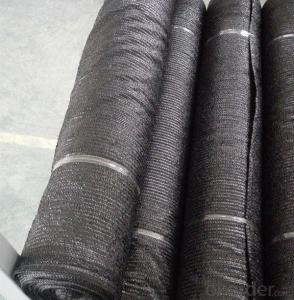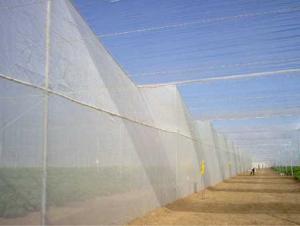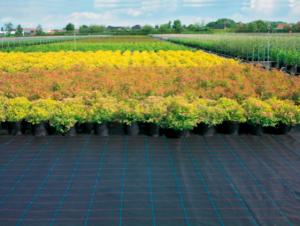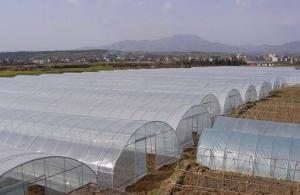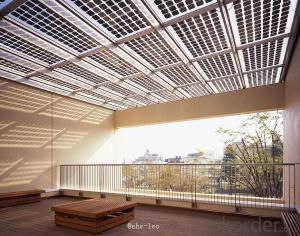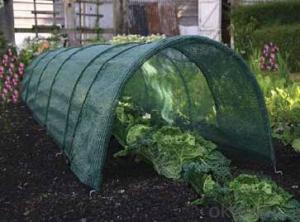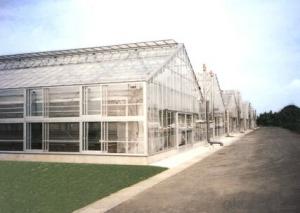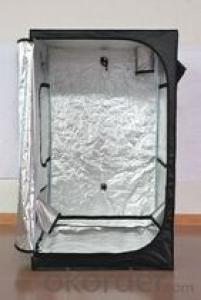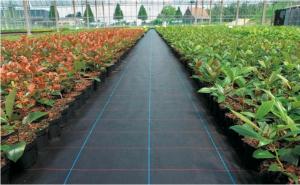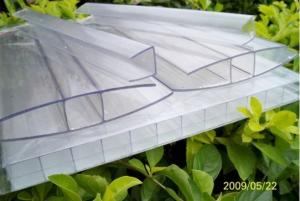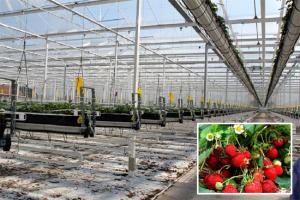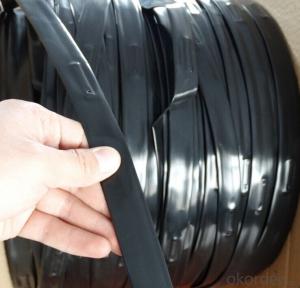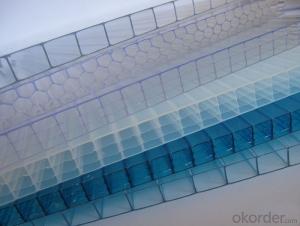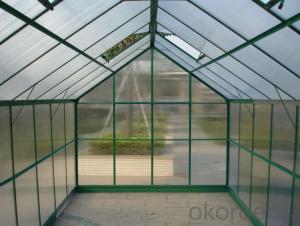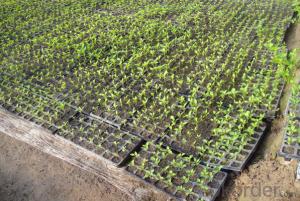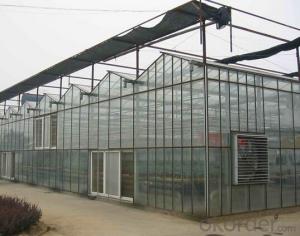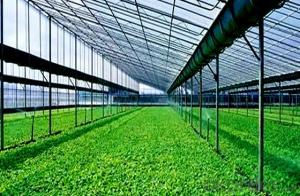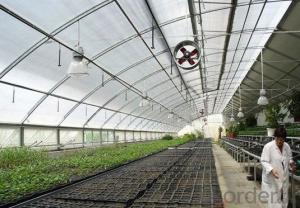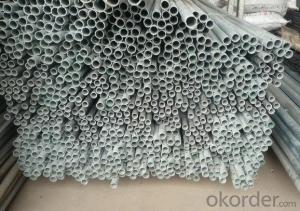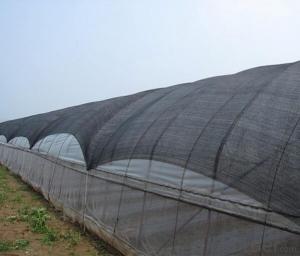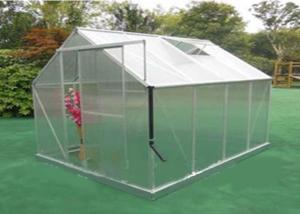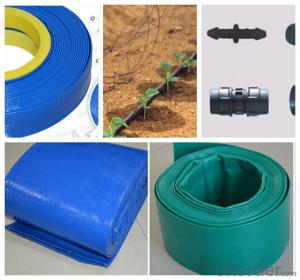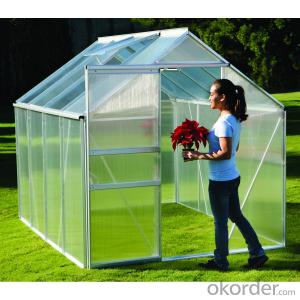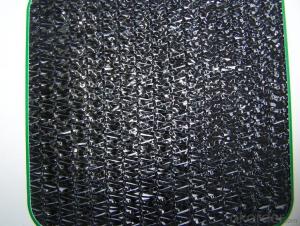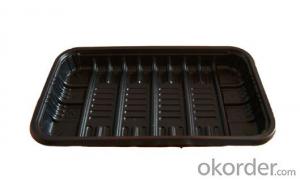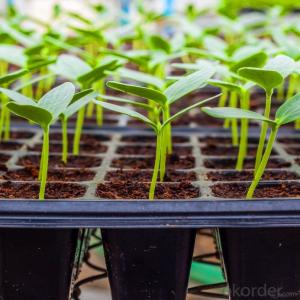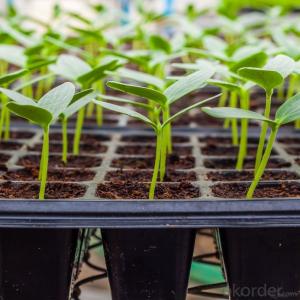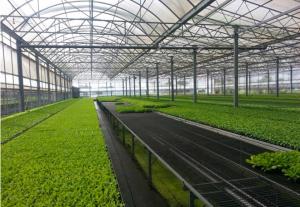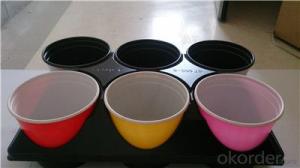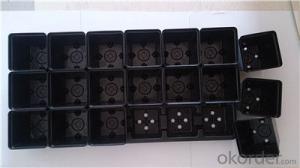Greenhouse Catalog
Greenhouse Catalog Related Searches
Cover For Solar Inverter Plastic Mat For Floor Deer Sculptures For Garden Pig Hot Water Bottle Cover Tartan Hot Water Bottle Cover In Ground Auto Lift Precision Ground Aluminum Plate Aluminum Greenhouse Kits Greenhouse Plastic Sheeting South Africa Plastic Greenhouse UkHot Searches
Sun Chairs For Sale Shade Netting Manufacturers South Africa Agricultural Netting Suppliers Plant Troughs For Sale Black Plastic Plant Pots Wholesale Plant Baskets Wholesale Net Manufacturers Garden Decorations For Sale Garden Awnings For Sale Esd Mat Price Garden Slabs Sale Garden Bench Sale Garden Supply Company Catalog Local Garden Supply Stores Shade Netting Manufacturers South AfricaGreenhouse Catalog Supplier & Manufacturer from China
Okorder.com is a professional Greenhouse Catalog supplier & manufacturer, offers integrated one-stop services including real-time quoting and online cargo tracking. We are funded by CNBM Group, a Fortune 500 enterprise and the largest Greenhouse Catalog firm in China.Hot Products
FAQ
- Yes, agricultural plastic products can have negative effects on soil health. When plastic materials such as mulch films, irrigation tubing, or plastic bags are left in the soil after use, they can degrade slowly and release harmful chemicals into the soil. This can disrupt the soil ecosystem, reducing microbial activity and nutrient cycling. Additionally, plastic debris can hinder water infiltration and air exchange, leading to poor soil aeration and drainage. Therefore, proper management and disposal of agricultural plastic products are crucial to maintain soil health and minimize environmental impacts.
- I want to melt old plastic objects like boxes bottles cans etc. and make plastic plates (thin like 1/6quot;) of them. how can I do this at home and how to prevent plastic from burning while melting? also what to do if I want to add color to it?
- You need a mold if you are trying to thin out the recycled plastic items you wish to use - and then you need an oven the mold will fit into. By using different types of plastic in one project, you will get different melting points - and probably undesireable results (lumps/chunks along with melted plastic). the fumes are highly toxic, so, if you want to see your work when it's finished, make sure you work in a well ventilated area! You can melt an old plastic music album over a bowl/pan in the oven at about 325 degrees for a couple minutes - gravity will make it fall over the edges of the glass or metal form/bowl and the edges will become ruffled - you can further form a little more while it is hot (use gloves) as soon as you take it out of the oven. Make sure you do not use an open flame to melt any plastic!!! Once cooled, it will not be toxic and can be used for food.
- I recently ran into the conundrum where I have to decide between vinyl and plastic, What's the difference?
- Jacob, okorder / I hope that this answers the question. Neil
- One of the best ground covers for a desert garden is the desert marigold (Baileya multiradiata). It is drought-tolerant, low-maintenance, and provides beautiful yellow flowers that brighten up the landscape.
- There are several advantages of using plastic mesh bags for packaging produce. Firstly, they provide excellent visibility, allowing customers to easily see and inspect the contents of the bag. Additionally, the mesh design allows for breathability, reducing the risk of spoilage by promoting air circulation. Plastic mesh bags are also lightweight and cost-effective, making them a practical choice for packaging and transportation. Furthermore, they are durable and can withstand the weight of heavy produce, ensuring that the bag does not tear or break during handling. Overall, plastic mesh bags offer convenience, protection, and enhanced presentation, making them an ideal choice for packaging produce.
- Yes, nursery trays can be used for transplanting perennials. Nursery trays provide a convenient and efficient way to handle and transport young plants, including perennials, during the transplanting process. The trays help to protect the roots and maintain proper spacing between the plants, promoting their healthy growth and development.
- Hello i want to make something from plastic, I will need something like a form for it, got a suggestion on how to make it and from what to make it? the dimensions of the thing will be like 20cm x 10cm x 3 cm it will actually be a blade for my floor ball stick. i will also need plastic for it so suggest me where to buy and which or which one could i re-use something like the plastic bottles. gt;D thanks in advance
- formed plastic is made from high heat and high pressure...the plastic is usually melted in a controlled way so it does not burn. Industry starts with uniform pellets which are then melted into a very thick medium. HIgh pressure air is usually used and is also warmed too to add to the molding effect. Molds are made out of Aluminum or steel alloys. They usually make a mold from solid aluminum, precisely grinding out the image into the aluminum, then one or more blow holes are added in both halves of the mold. THe mold is made into 2 pieces, halves, which will come apart easily too. THe temperatures that they deal with are between 500 and 1000 Fahrenheit, depending on the type of plastic....greater than that would cause burning. So if you have 5000 to 50000 laying around to invest into a blow molding machine then youcan do this. BUT...I would strongly suggest you forget about plastic and go with Fiberglas instead. Any marine or autobody shop or auto supply will have the materials. You'll also need an Organic filter mask, very good safety glasses, and thick plastic gloves or neoprene gloves. Make your mold out of wood and if for fiberglas then make the wood mold so that the fiberglas liquid does not escape., then pour the fiberglas mixture OR spread bondo over the wood around the mold. use the fiberglas strengthening tape or lath to reinforce the fiberglas or bondo. Then after 24 hours...remove the mold and carefully sand around it to smooth out the edges. Fiberglas or Bondo is much easier than plastic.
- Agricultural plastic can have both positive and negative effects on crop maturity and harvest timing. On one hand, the use of plastic mulch, row covers, and tunnels can create a favorable microclimate for crops, leading to earlier maturity and advanced harvest timing. This is especially beneficial in regions with shorter growing seasons or unpredictable weather conditions. On the other hand, if plastic is not managed properly or if it is left in the field after harvest, it can hinder crop maturity and delay harvest timing. The plastic can block sunlight, restrict airflow, and prevent proper irrigation, leading to slower growth and potential yield reduction. Furthermore, the improper disposal of agricultural plastic can also have environmental consequences, contributing to pollution and harming wildlife. Overall, the effects of agricultural plastic on crop maturity and harvest timing depend on its proper usage, management, and disposal practices.
